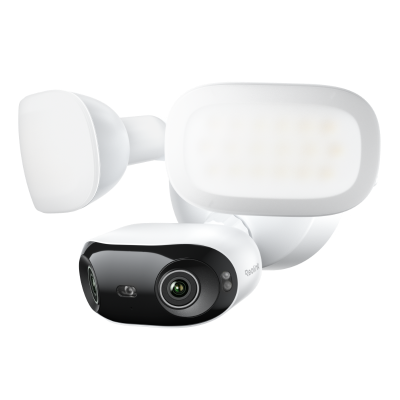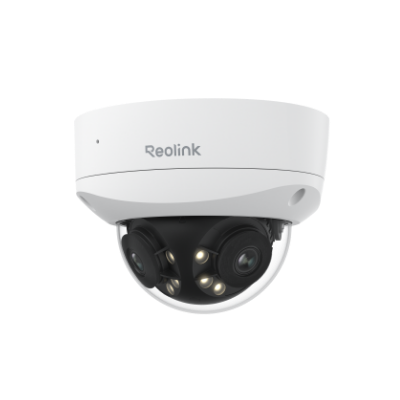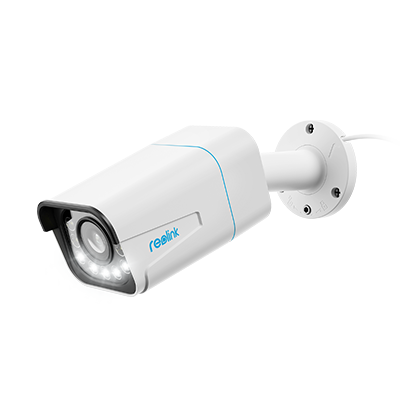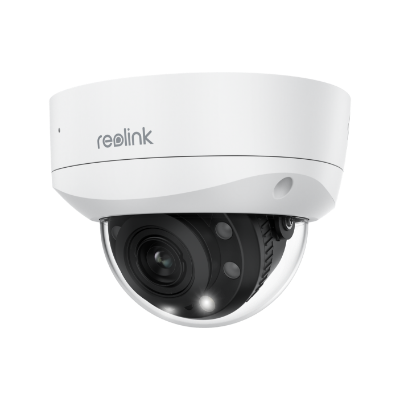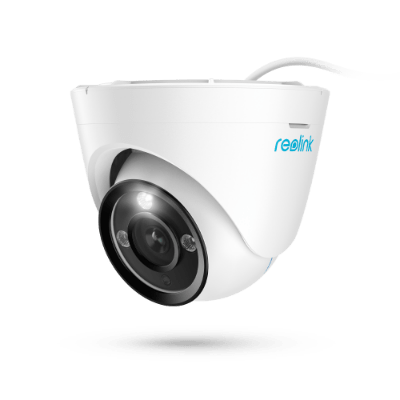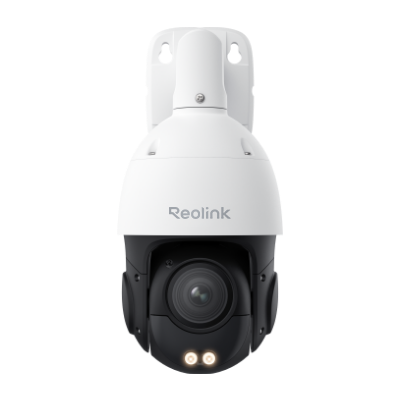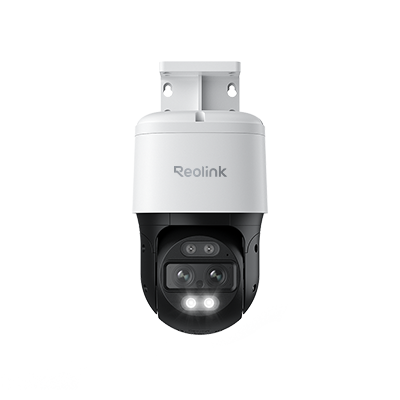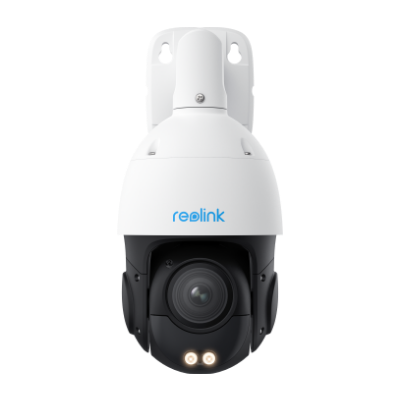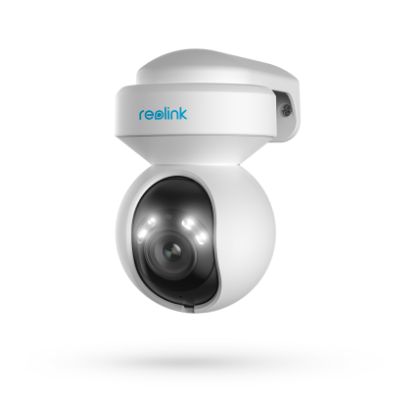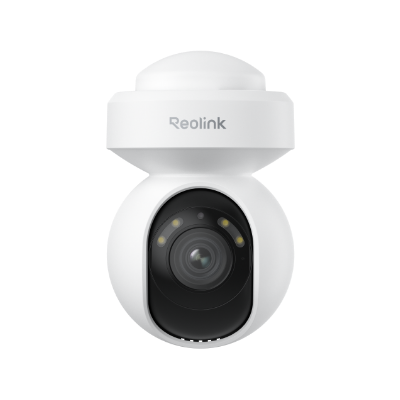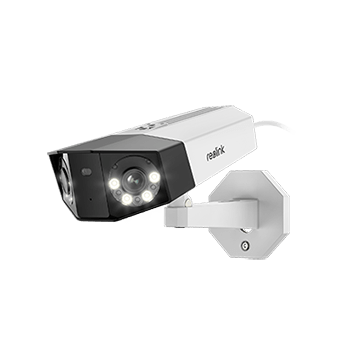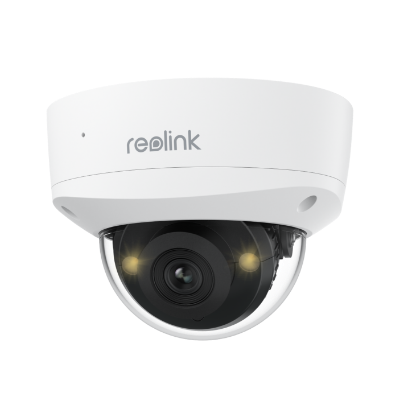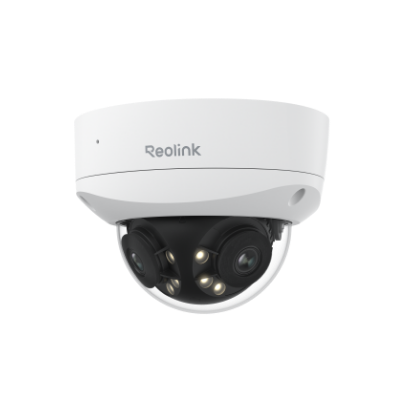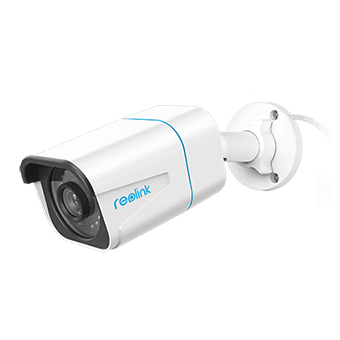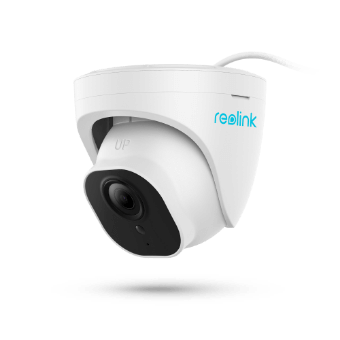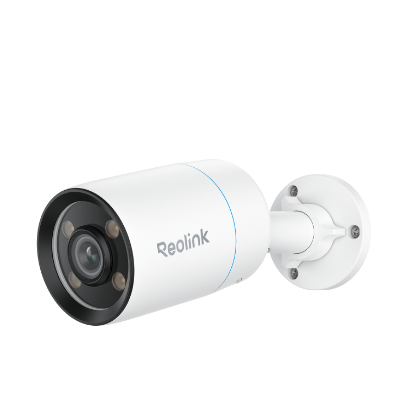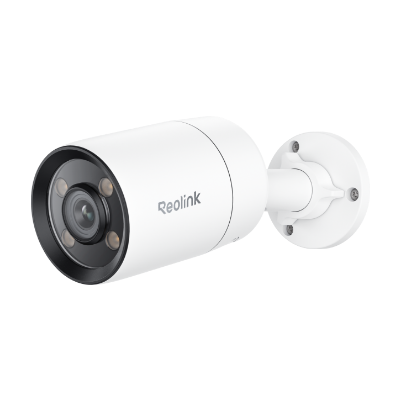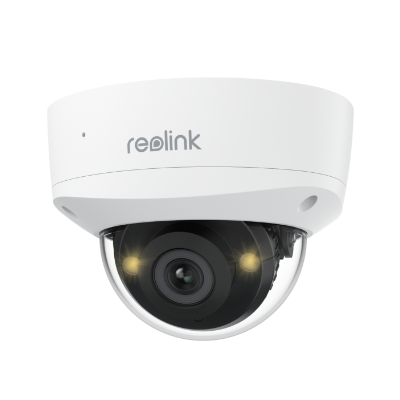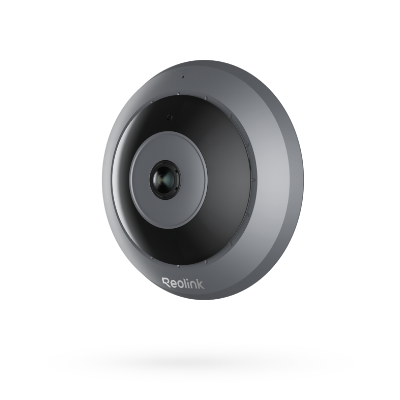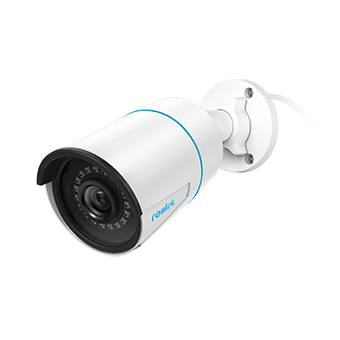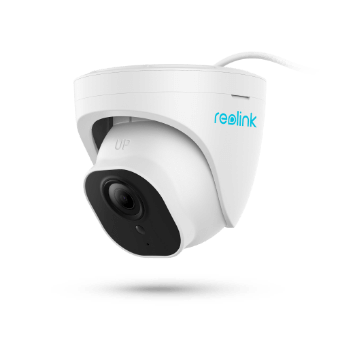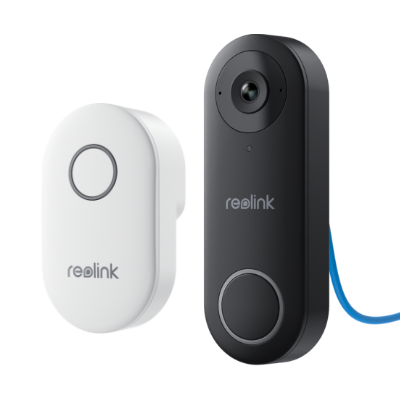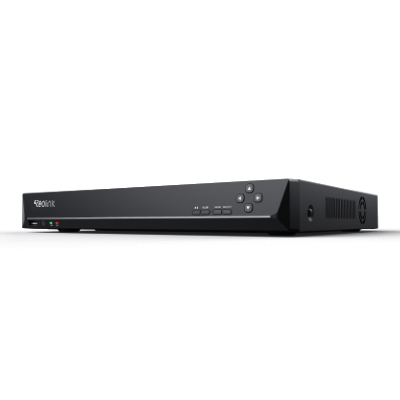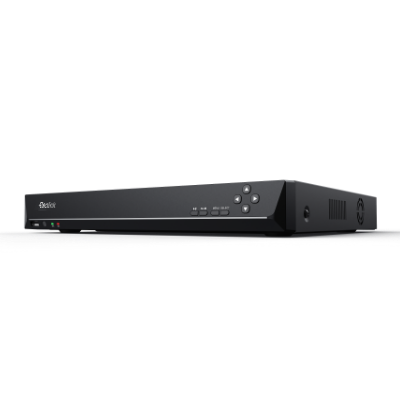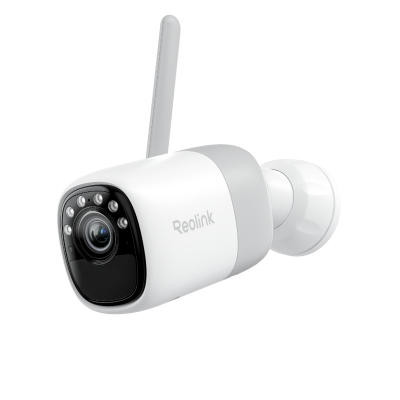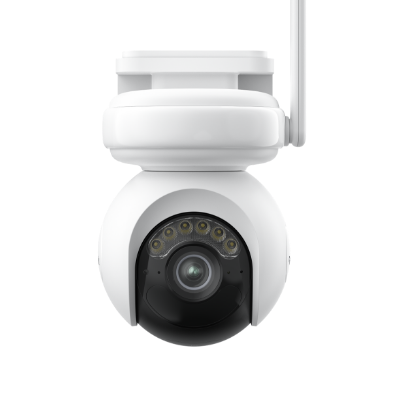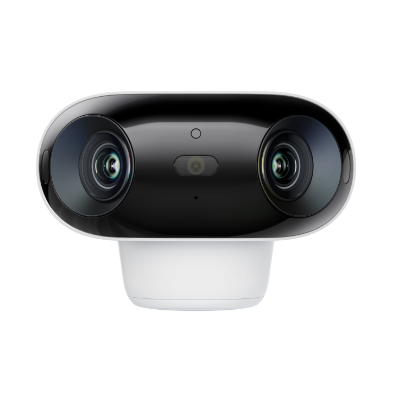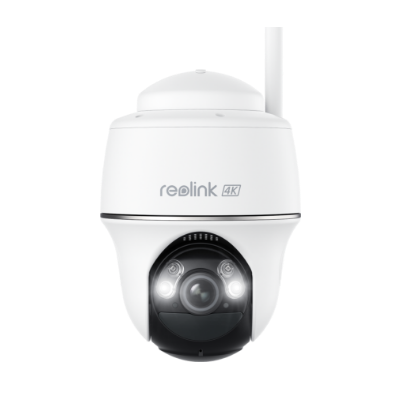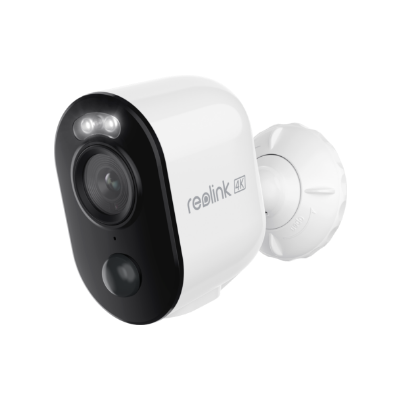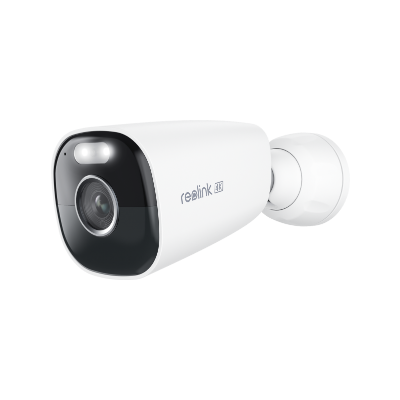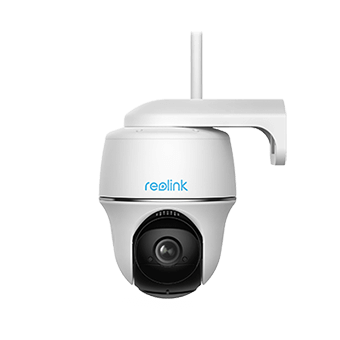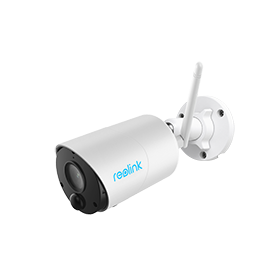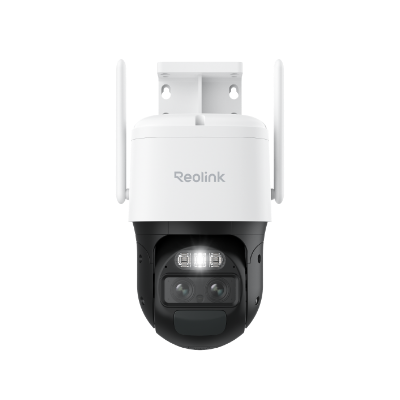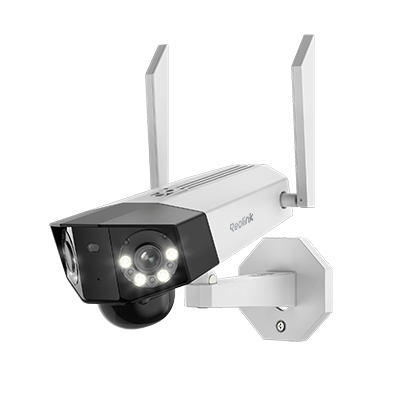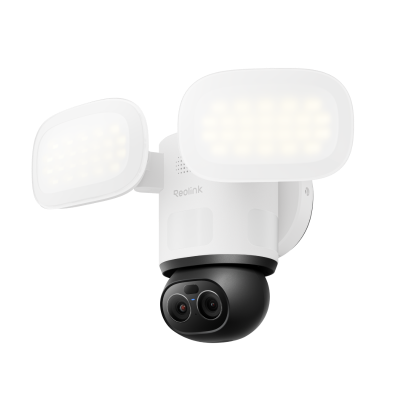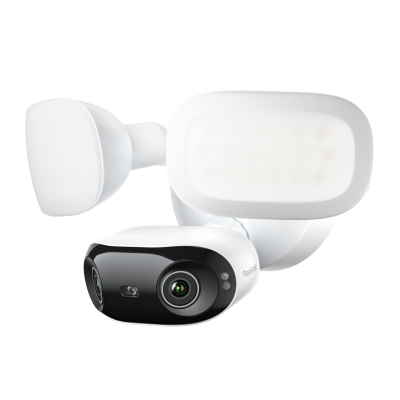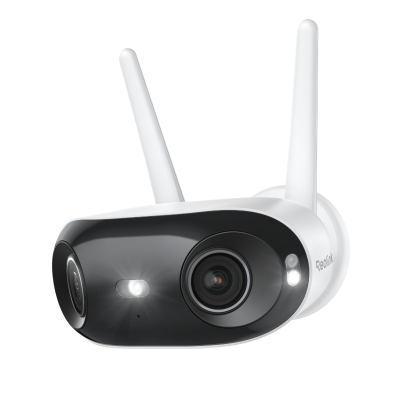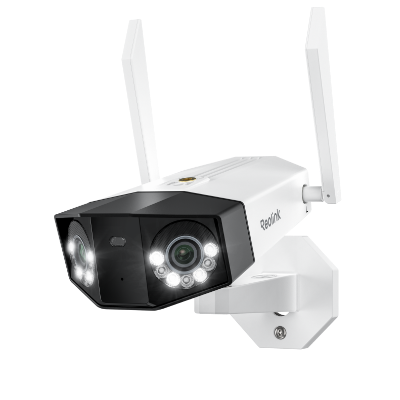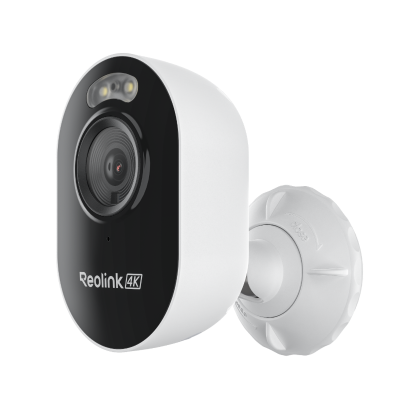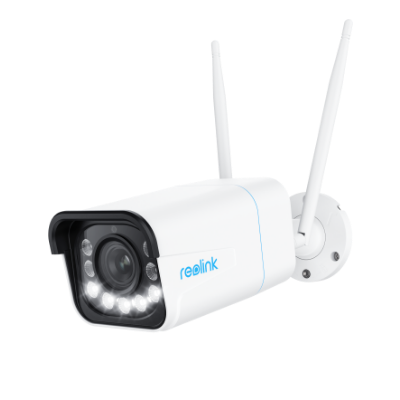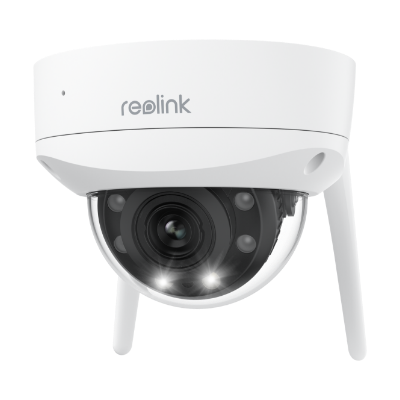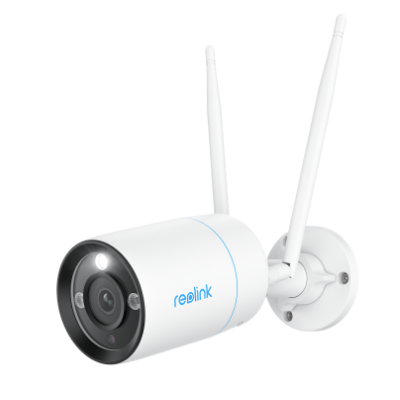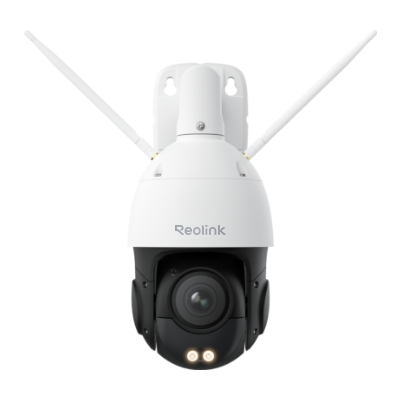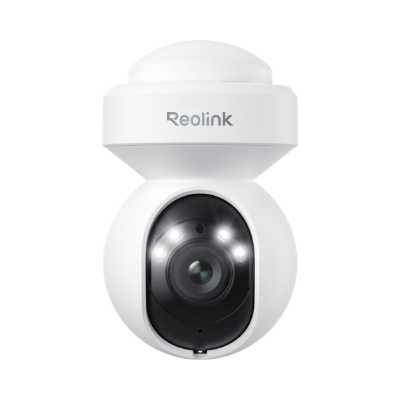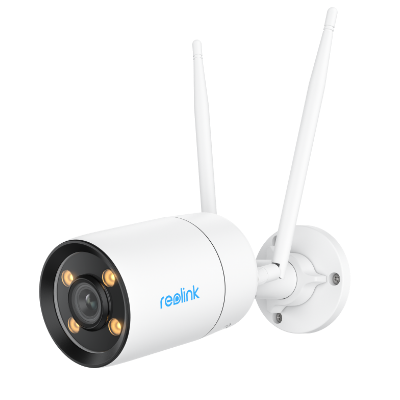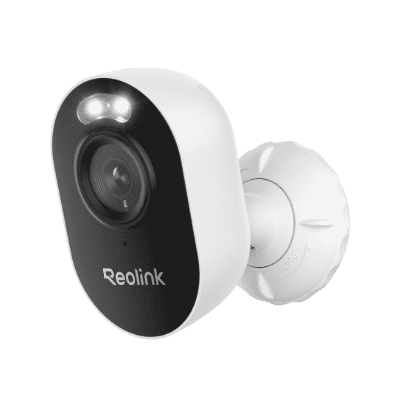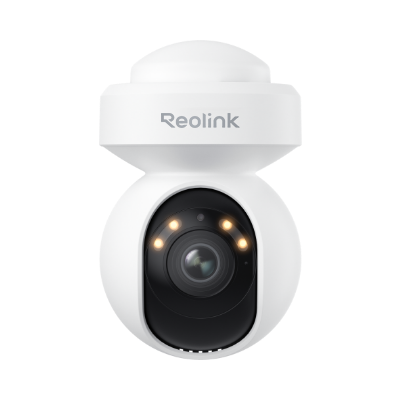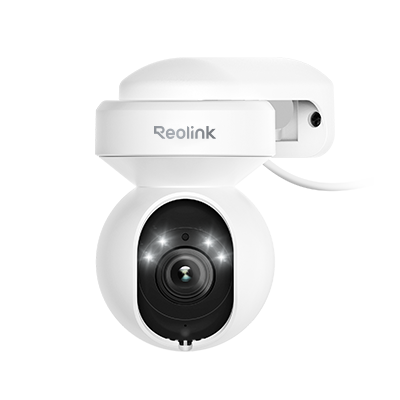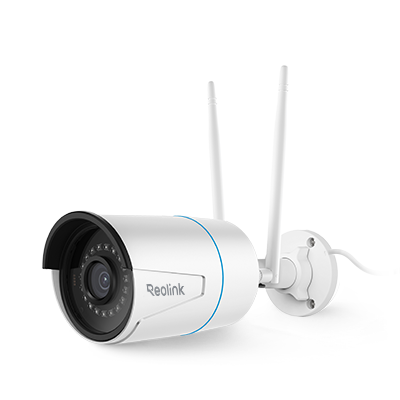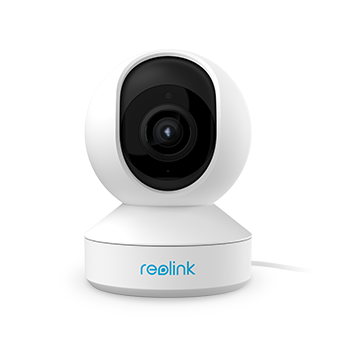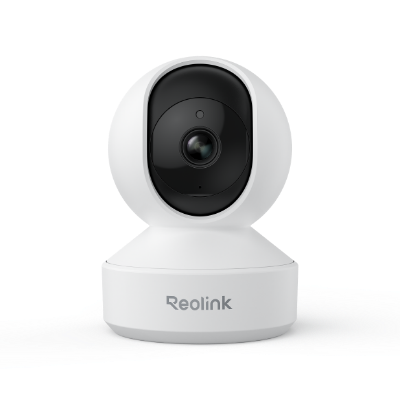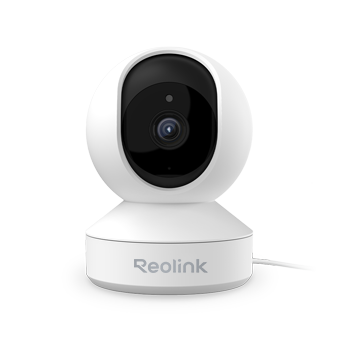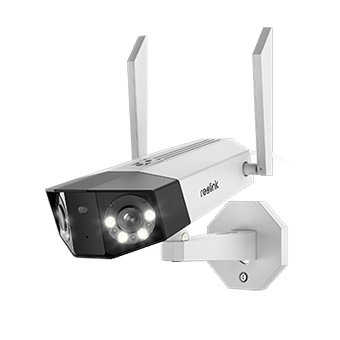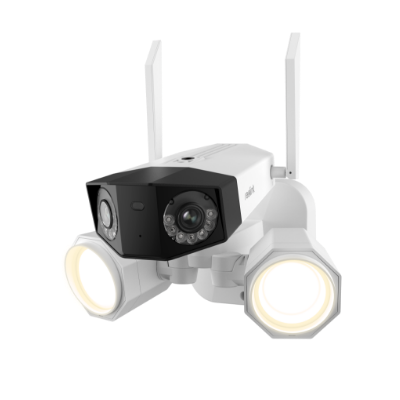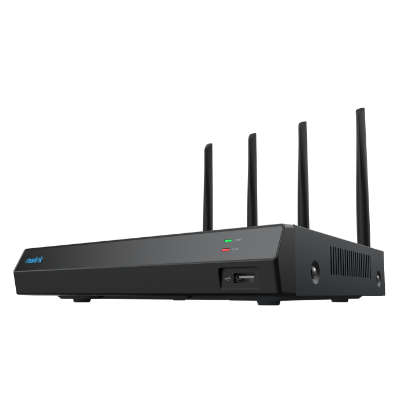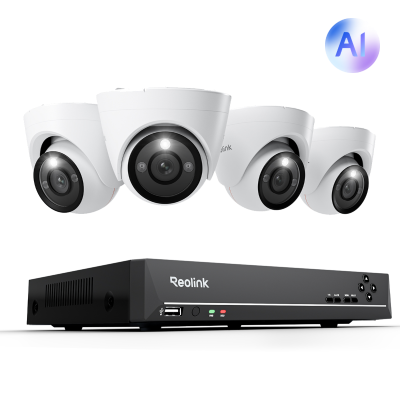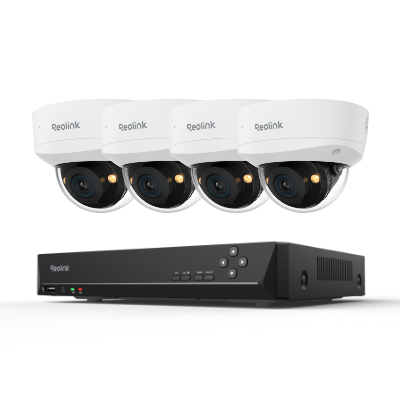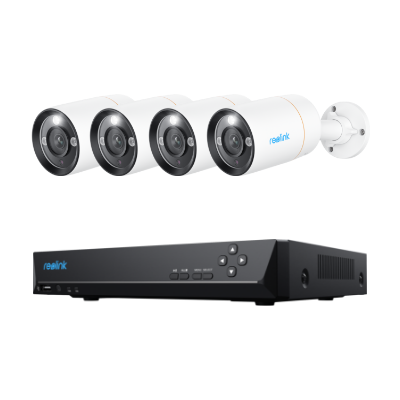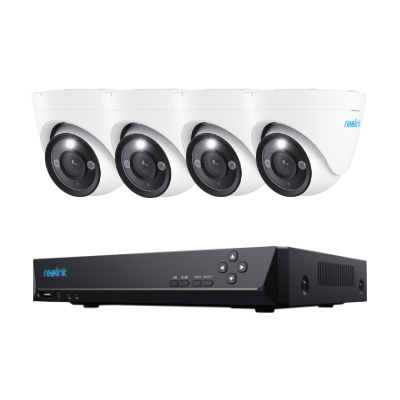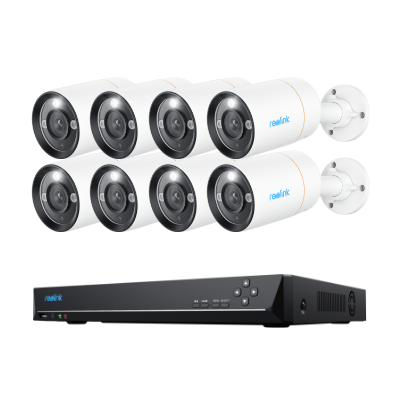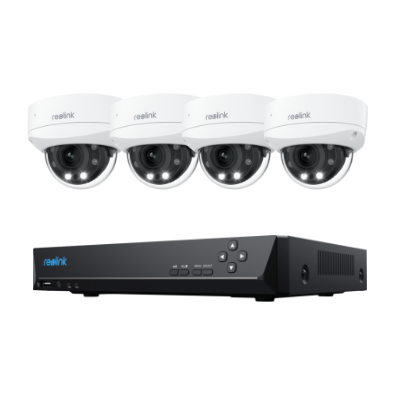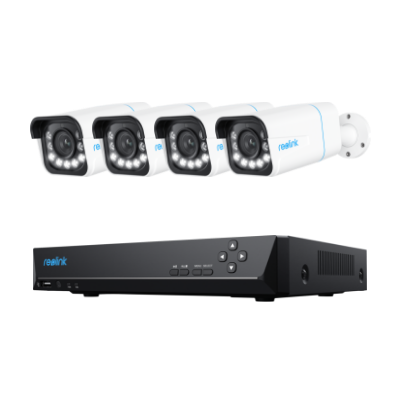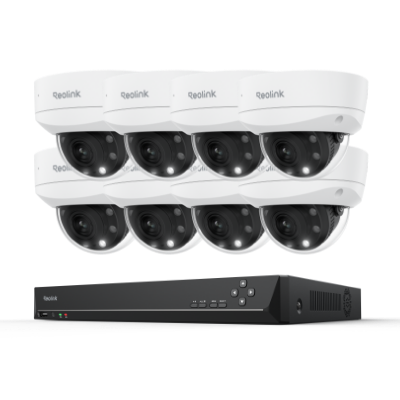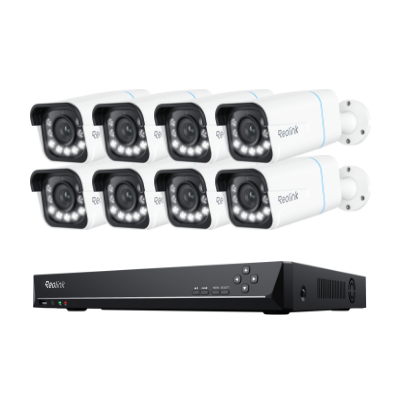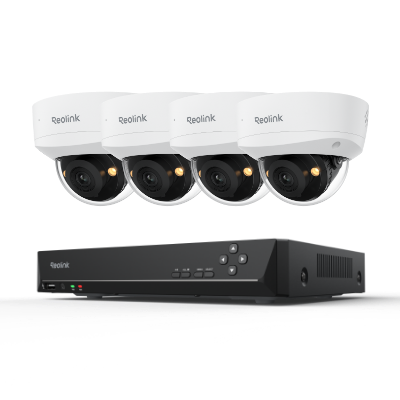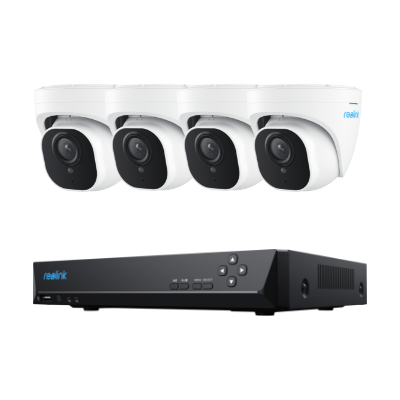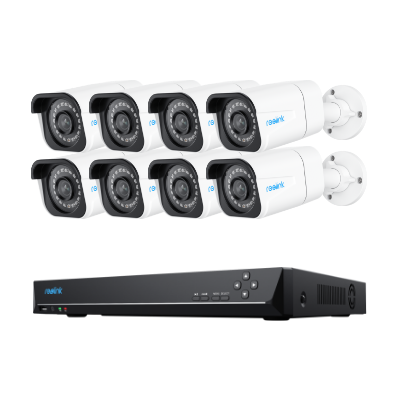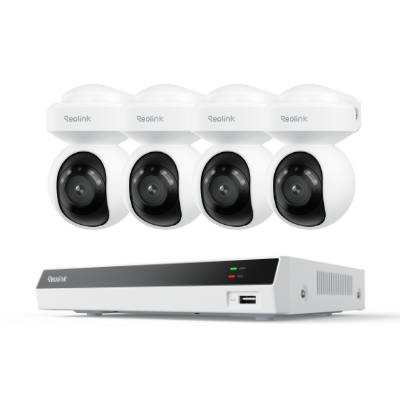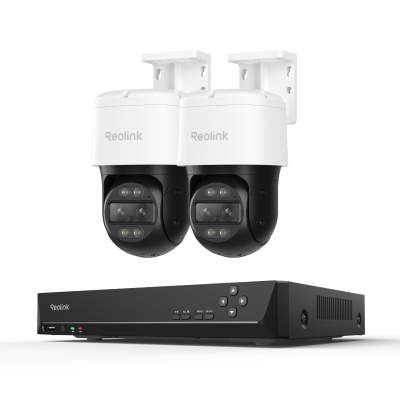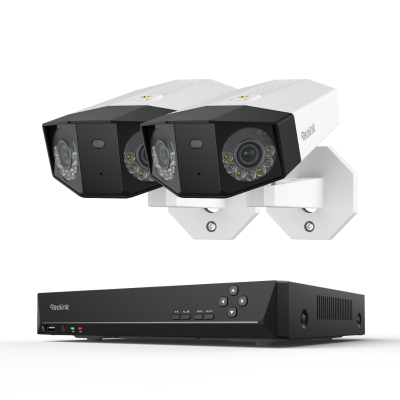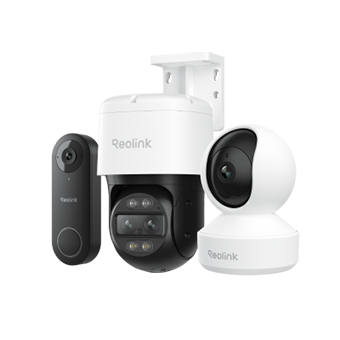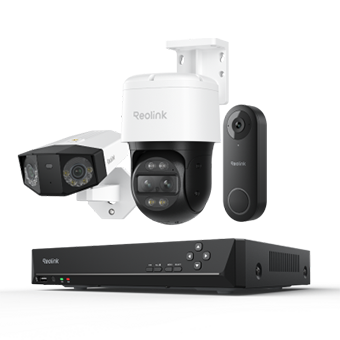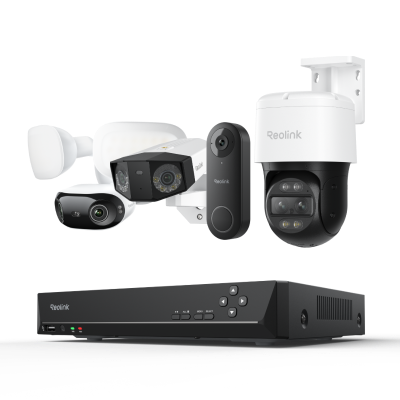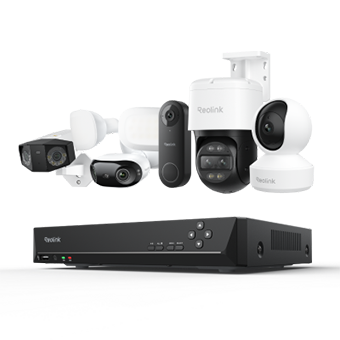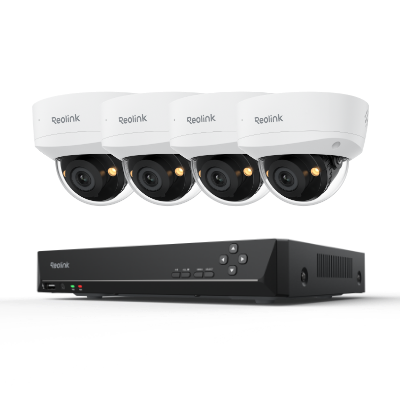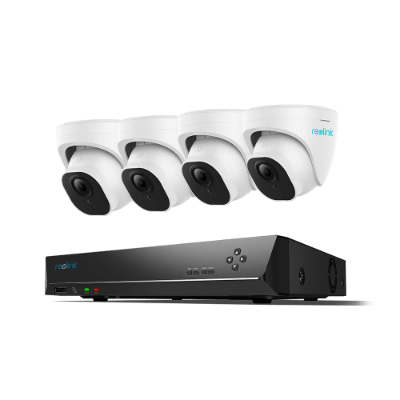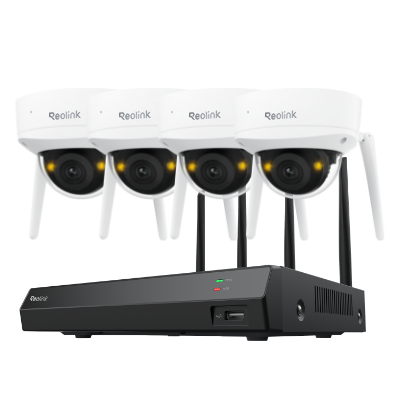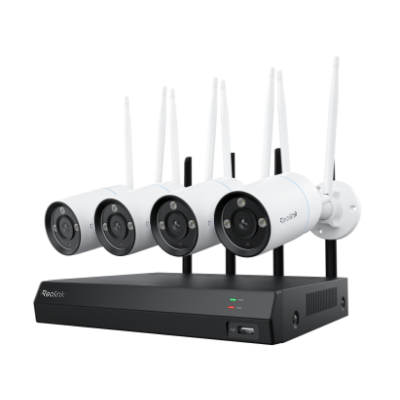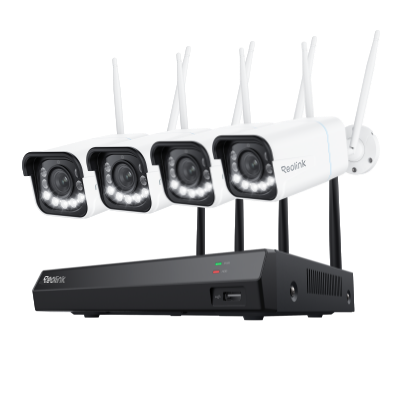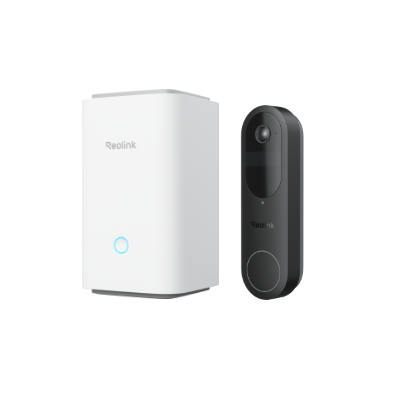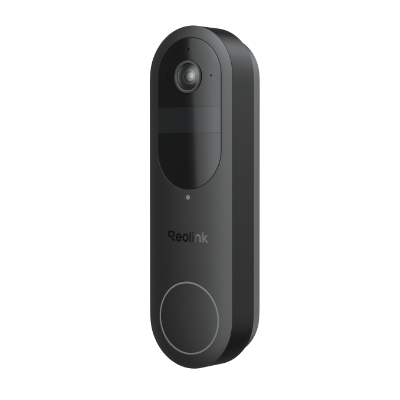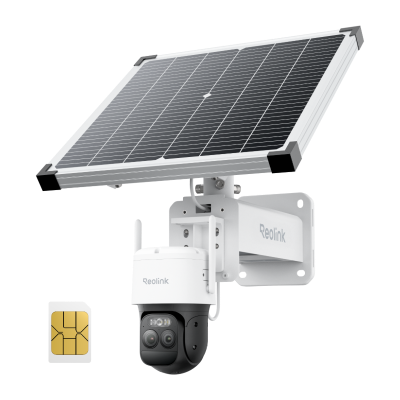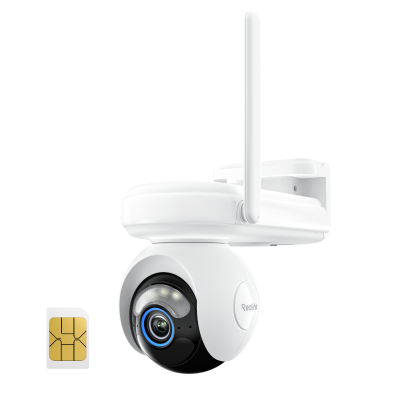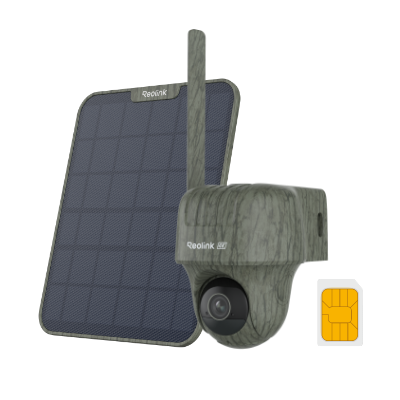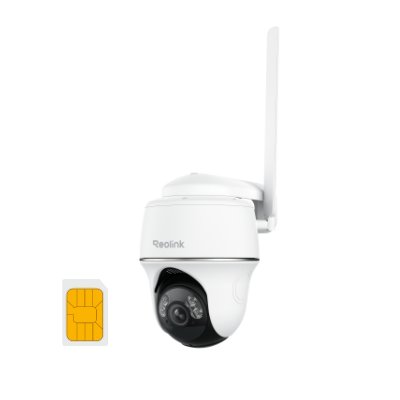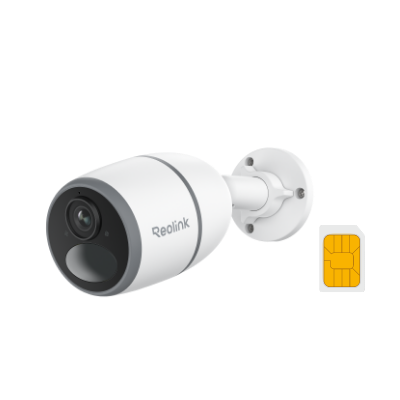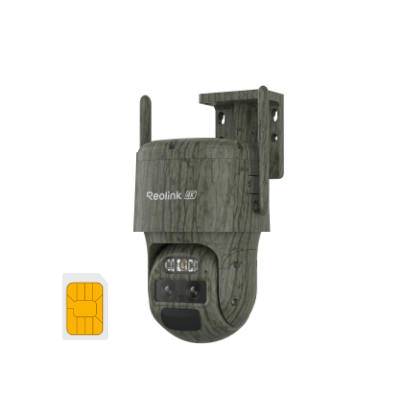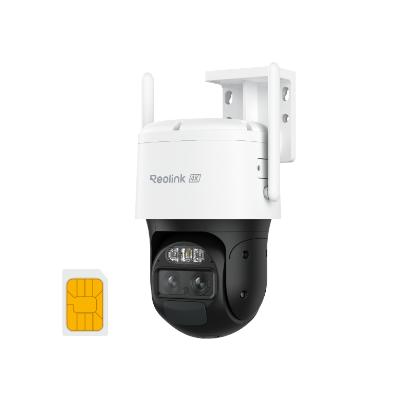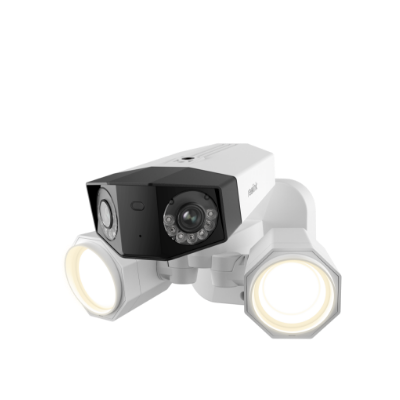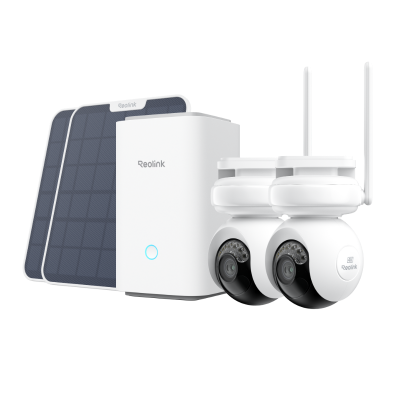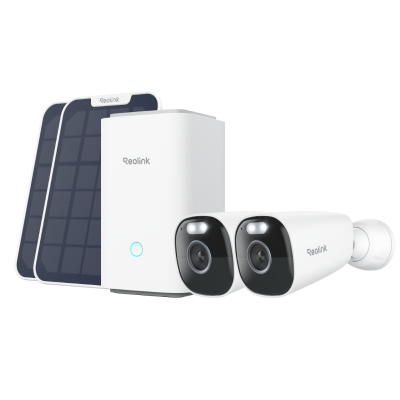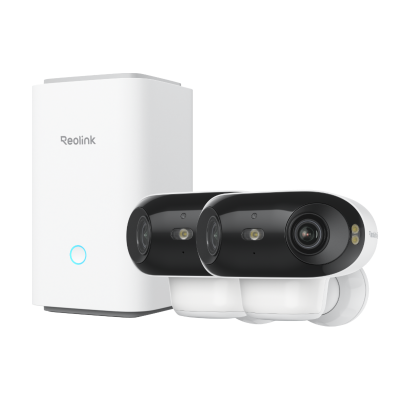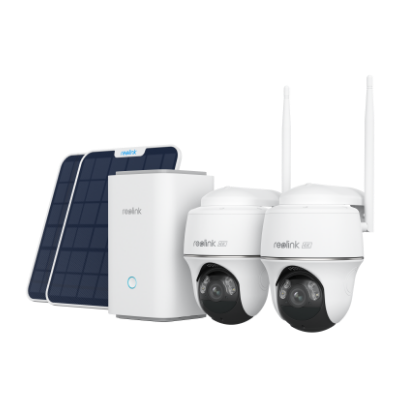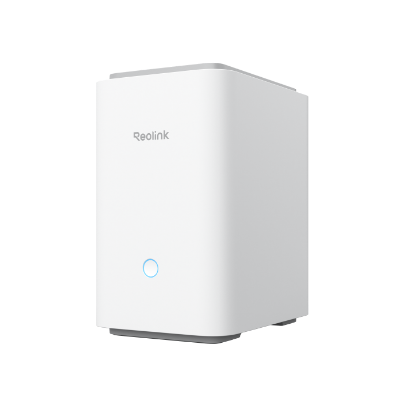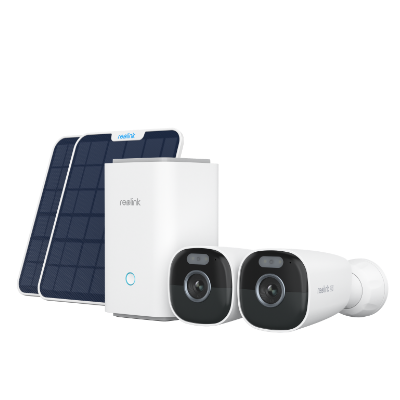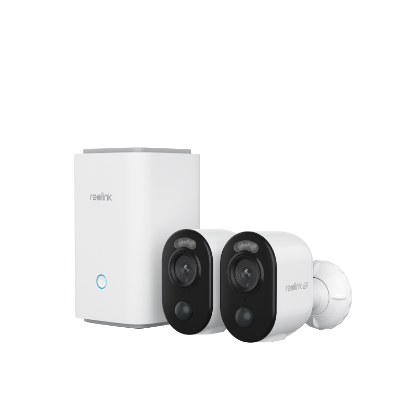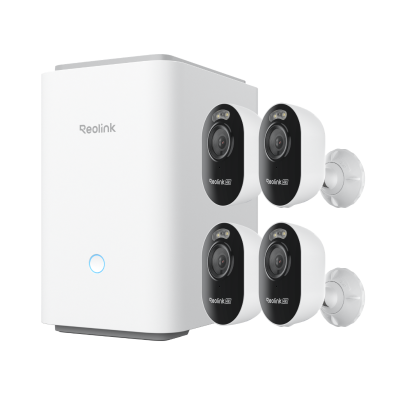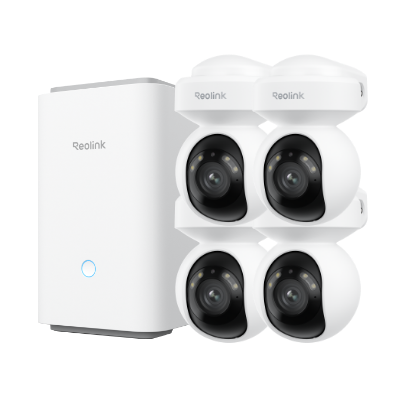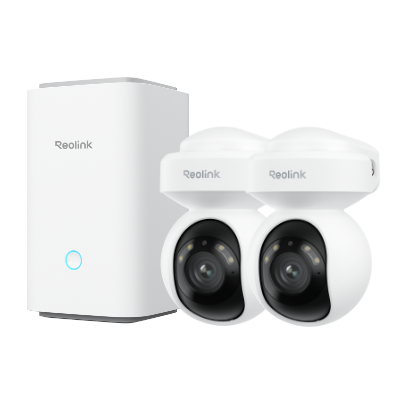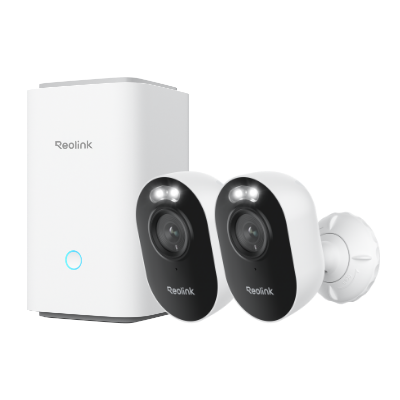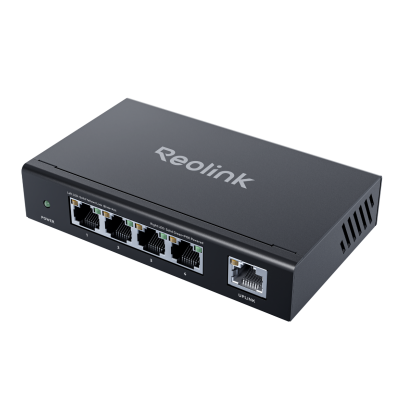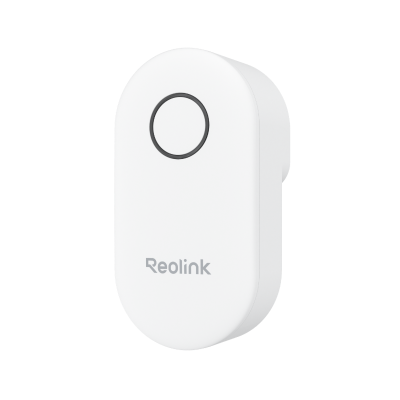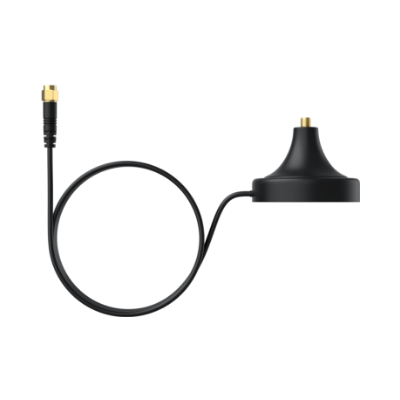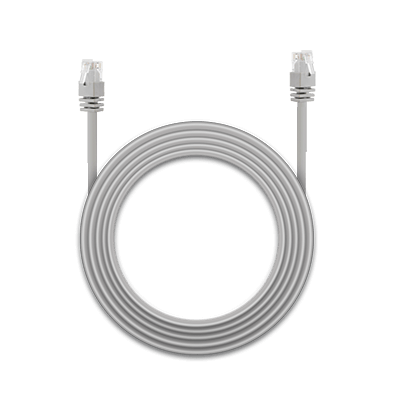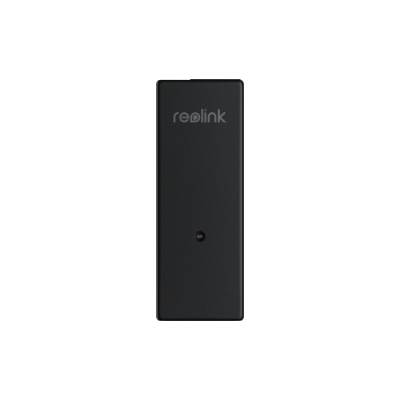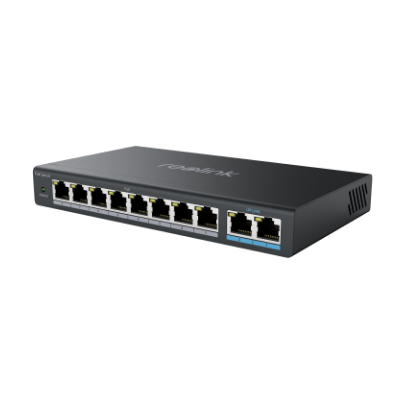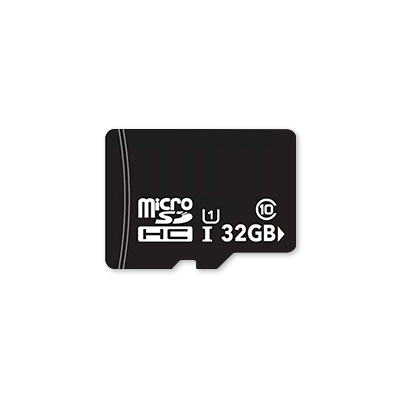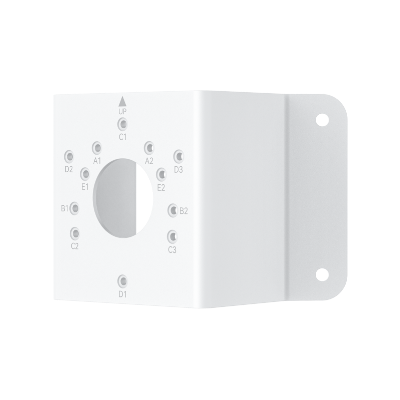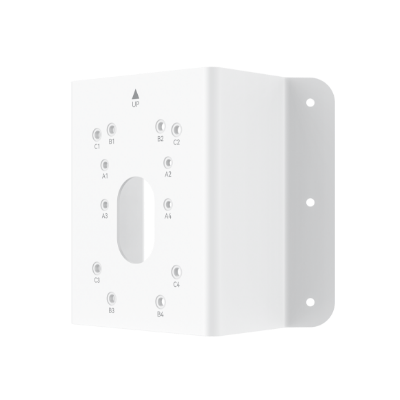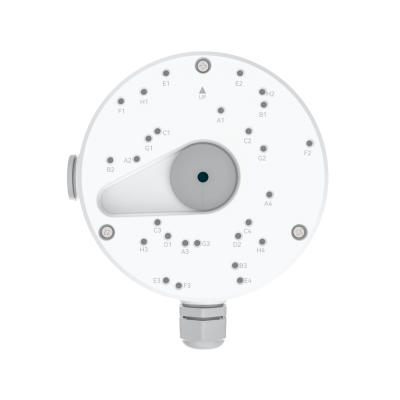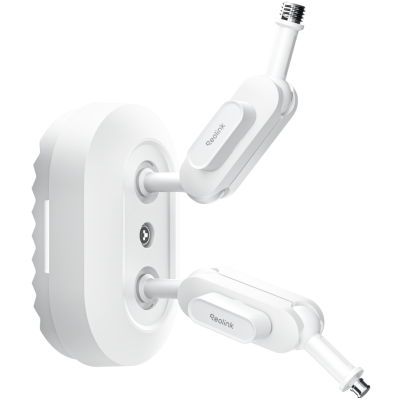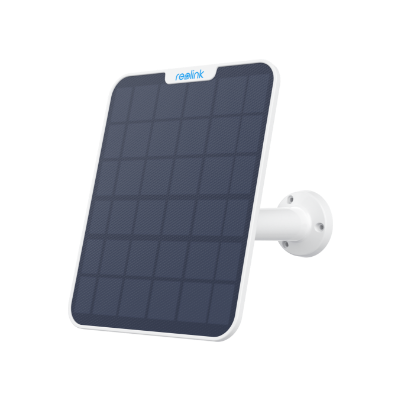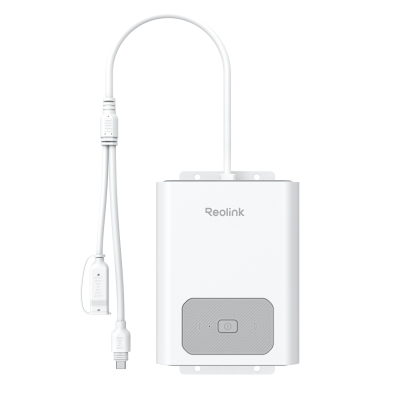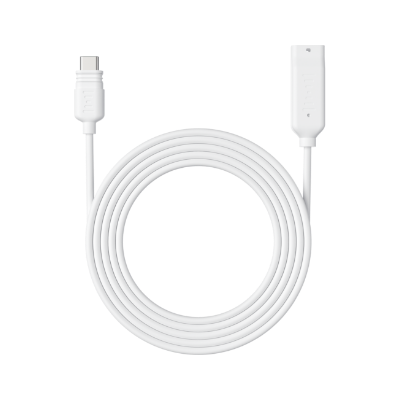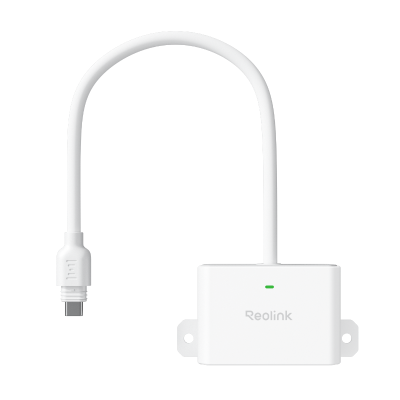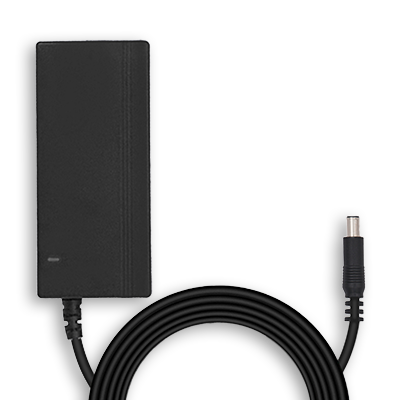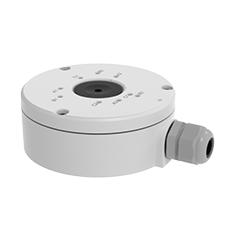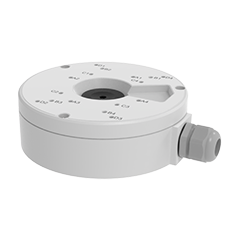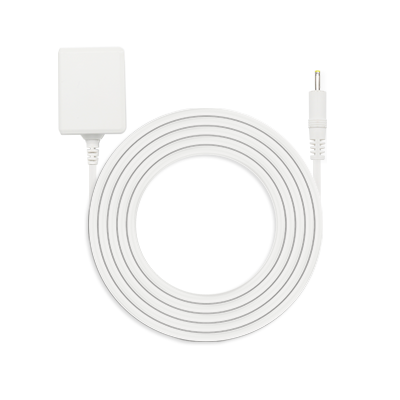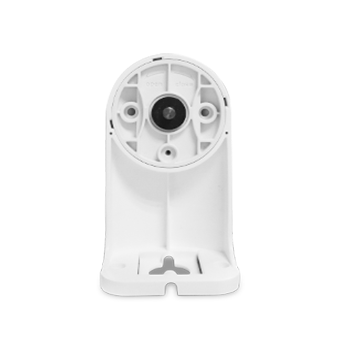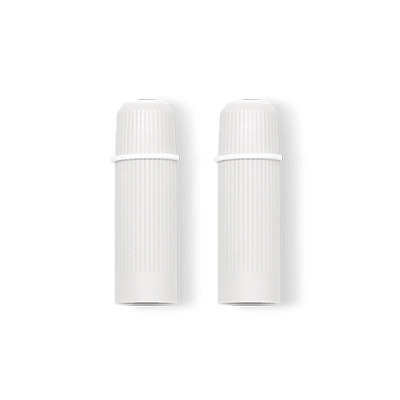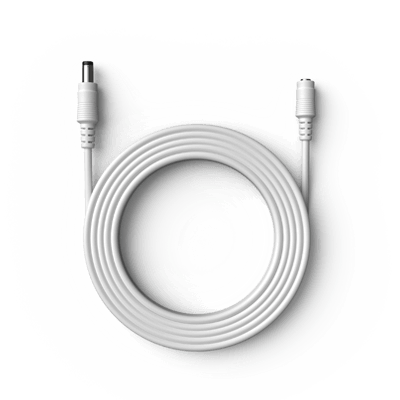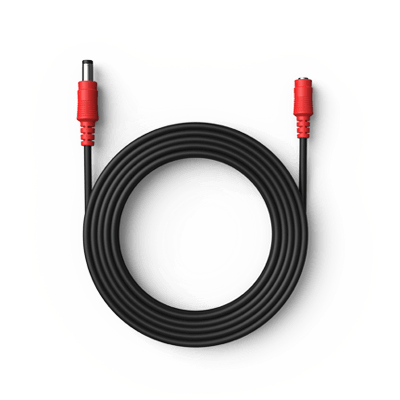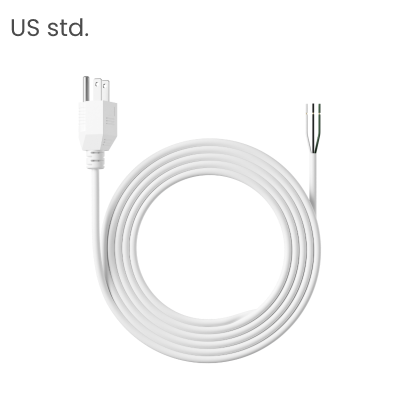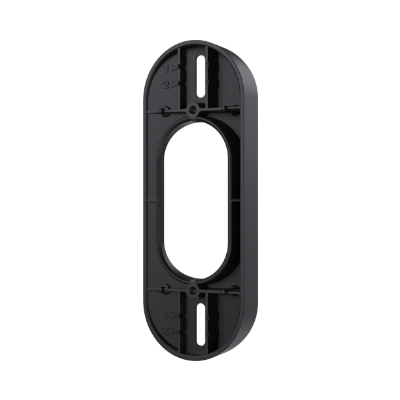Where to Mount Dash Cam: 2026 Installation Guide
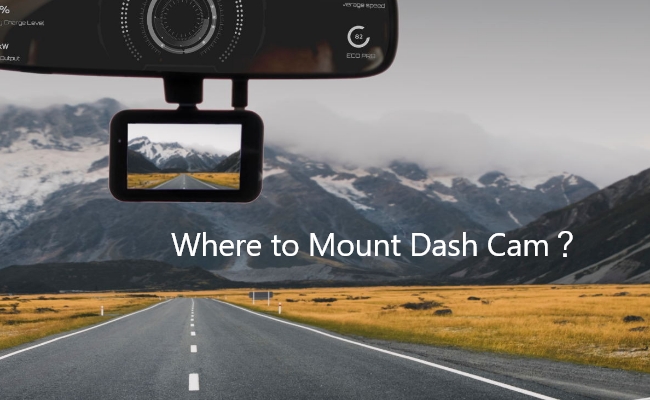
The dash cam, once a novelty, has become an invaluable tool for drivers around the world. Whether it's capturing scenic road trips, providing evidence in case of accidents, or monitoring your vehicle's surroundings, dash cams have proven their worth time and again.
With this surge in popularity comes the pressing question: Where exactly should you mount your dash cam? In this guide, we'll delve into the various considerations and factors that should guide your decision when determining the optimal location for your dash cam.
Benefits of Mounting Dash Cams
Mounting dash cams in vehicles can provide a range of benefits, enhancing drivers' safety and convenience. Here are some key advantages of using dash cams:
- Evidence in accidents: Dash cams can record real-time footage of accidents or collisions, providing crucial evidence for insurance claims and legal proceedings.
- Personal security: Dash cams can record incidents of road rage, vandalism, or theft, ensuring that drivers feel safer and more protected while on the road or parked.
- Parking protection: Some dash cams have a parking mode that records motion or impact while the vehicle is parked. This feature can help identify hit-and-run incidents, vandalism, or thefts that occur when the vehicle is unattended.
- Documenting road conditions: Dash cams can record adverse weather conditions, road hazards, or reckless driving by others, providing valuable information for improving road safety and infrastructure.
Best Placement of Mounting Dash Cams
To maximize the benefits of a dash cam, selecting the optimal placement for mounting is essential. Before ensuring the best positioning, you need to know about dash cam legal regulations:
Legal placement of dash cams
The legality of mounting dash cams varies significantly from state to state within the United States. The primary concern across these jurisdictions is ensuring that the dash cams' placement does not obstruct the driver's view of the road. While some states allow dash cams to be mounted on the windshield within specific size and location restrictions, others explicitly prohibit any obstruction of the windshield or windows.
Many states permit dash cams to be mounted on the dashboard as long as they do not hinder the driver's line of sight. In certain states, specific dimensions and placement rules apply to ensure the dash cam does not impede safe driving.
Note: It's important for drivers to be aware of the dash cam laws in their respective states to avoid legal issues and ensure they use dash cams responsibly. If you want to know the details, you may search relevant laws in your state or you may search 'Dash cam laws by state' in Google.
Best place to mount a dash cam on the windshield
The windshield is the most commonly chosen spot for mounting a dash cam. It's important to ensure the camera's view remains unobstructed by the sunshade and within the windshield wipers' range.
For optimal placement, aim for a broad field of view rather than an elongated one. The goal is to capture a comprehensive perspective of all the surrounding roads. Placing the recorder behind the rearview mirror is advisable, preventing any interference with your line of sight.
Best place to mount a dash cam on the dashboard
When opting for dashboard installation, the primary concern is to avoid obstructing your line of sight while driving. Placing a trip recorder on the dashboard allows for an unobstructed view through your windshield. To ensure proper CarLog installation, ensure you can see the vehicle's rear wheels in front of you. This practice guarantees a safe following distance.
Similarly, when selecting the mounting location for CarLog, ensure that the camera remains free from any hindrances, such as dots or sunshades. It's essential for the camera to be within the reach of the windshield wipers, typically positioned near the center of the dashboard.
Where to mount the rear dashcam
The most common and recommended location for a rear dashcam is inside the rear windshield. Mount it near the top center to capture a clear view of the road behind you. However, this can be challenging to wire.
Note: For cars equipped with a rear windshield sunshade, choose a placement for the camera that ensures the sunshade can be used without affecting the camera's functionality.
What to Consider Before Installing Dash Cams?
Besides the placement of dash cams, several important factors should also be considered to ensure optimal functionality and safety. Here are key points to think about:
Power source
Consider how the dash cam will be powered. Some dash cams plug into the vehicle's power outlet (cigarette lighter), while others may require hardwiring for continuous operation, especially in parking mode.
Legal regulations
Research the laws and regulations regarding dash cam usage in your area. Familiarize yourself with any restrictions on placement, recording audio, and other legal considerations to avoid potential legal issues.
Suction or double sided tape mount
A suction mount is a widely favored choice for dash cam installation due to its popularity and ease of adjustment. It offers simple installation and suits those who prefer stowing their dash cam while parked. However, it's important to note that a suction mount can sometimes lead to a camera shake during driving, potentially affecting the stability of captured video.
On the other hand, for those prioritizing crystal-clear footage, double-sided tape provides a more stable solution. This method is ideal for establishing a permanent dash cam setup. However, it's worth considering that double-sided tape is less adjustable compared to a suction mount. It can leave residue on the windshield or dashboard upon removal and might pose challenges in precisely positioning the camera angle.
How to Install Dash Cams?
Whether you choose tape mounting or suction cup mounting, the installation steps for the dash cam are very simple. Follow these steps for proper installation.
1. Choose the right location
Determine whether you'll mount the dash cam on the windshield or dashboard. Ensure your dash cam is securely mounted without impeding the driver's visibility or any of the car's functions.
2. Power connection
Locate the nearest power source to where you intend to install the dash cam. If you're considering using the vehicle's USB charging port or cigarette lighter socket, ensure these outlets deactivate when the vehicle is turned off and don't remain active. Leaving the dash cam continuously connected to a live outlet could potentially lead to battery drainage and overcharging.
3. Mount wiring
To hide the wiring, you need to know the car pillar.
Car pillars are vertical vehicle supports, labeled A to D front to back. A-pillar secures the front windshield, B-pillar divides the front and rear seats, C-pillar is in the passenger area behind rear seats, and larger vehicles have D-pillars. Identifying these pillars helps route cables for seamless dash cam installation.
Route the power cable along the upper headliner, selecting left or right towards the power source. Guide it through the headliner by carefully prying open the A-Pillar covering with a trim tool, concealing the cable within the A-Pillar crevice. Hide the cable further within the A-pillar's rubber weather strip using the trim tool. Finally, route the cable beneath the dashboard and establish the connection to the power source, concluding the installation.
Note: If your cables are loose and can't stay in the roof liner, you can use adhesive cable clips to fix them.
4. Configure and setting
After finishing the dash cam installation, adjust settings like resolution, time, date, recording schedule, parking mode, and more. Once everything is configured, your dash cam is ready for use!
Bonus Tip: How to Choose Dash Cams?
Choosing the ideal dash cam involves considering various aspects to ensure you get the best fit for your needs. The following are factors:
-
Video quality: Opt for a dash cam with high-resolution video recording, preferably Full HD (1080p) or higher. Clear video quality is crucial for capturing important details on the road.
-
Low-Light performance: If you often drive during dawn, dusk, or at night. Look for features like HDR (High Dynamic Range) to enhance image clarity in various lighting conditions.
-
Loop recording: This feature enables the dash cam to overwrite older footage when the memory card is full. Make sure the dash cam supports loop recording to ensure continuous recording.
-
G-Sensor: A built-in G-sensor detects sudden movements or impacts and automatically saves and locks the relevant footage. This is crucial for preserving evidence in case of accidents.
-
Wi-Fi and app connectivity: Wi-Fi capability allows you to connect your dash cam to a smartphone app for easy video download, settings adjustment, and real-time viewing.
-
GPS: Some dash cams offer GPS functionality, which adds location and speed data to your footage. This can be valuable for tracking your route and verifying driving speed.
FAQs
1. How to find the professional dash cam installation near me?
To locate professional dash cam installation nearby, begin with an online search and read reviews. Seek recommendations from friends, visit local auto shops, and check social media groups for advice. Contact potential installers to compare pricing and credentials.
2. Where can I hide my dash cam?
- Inside rearview mirror housing: Some dash cams are designed to fit snugly within the housing of the rearview mirror. This provides seamless integration and minimal visibility from the outside.
- A-Pillar: Concealing the dash cam along the A-pillar (the pillar between the windshield and front side window) can effectively blend visibility and discreetness.
- In-Car trim: Tuck your dash cam behind the interior trim panels or visors. This can help maintain a clean, unobtrusive look while ensuring a discreet installation.
3. What angle should a dash cam be?
A minimum of 120 degrees for the wide-angle lens is essential while opting for 130 degrees or wider can ensure important moments are recorded, providing reliable dash cam footage for potential insurance claims.
4.What should I do if my dashcam records an accident?
If your dash cam records an accident, prioritize safety and check for injuries. Contact the authorities and exchange information with the involved parties, capturing additional evidence if possible. Notify your insurance company and preserve the footage, considering cloud storage to prevent loss. Collect witness information and follow legal procedures as required
Conclusion
Selecting the right mounting location for your dash cam is a vital decision that influences its functionality and driving experience. The choice between windshield and dashboard installation depends on your preferences, local regulations, and the balance between visibility and discretion. Ensuring an unobstructed field of view, optimal angle, and stable installation are key considerations.
If you like this article and find it helpful, share it with your friends. Got something to say about dash cam mounting? Make sure you leave a comment below!
Search
Subscribe for the Latest Updates
Security insights & offers right into your inbox

